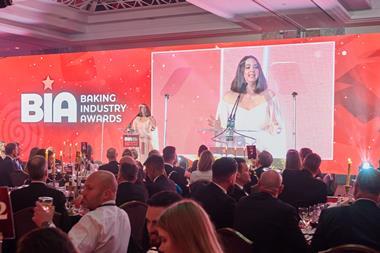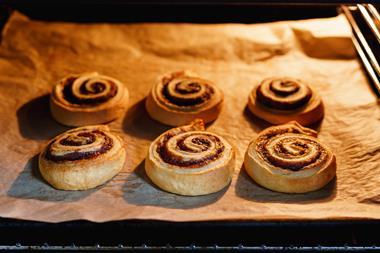How do you price up a Royal Wedding Cake? A multi-tiered extravaganza, plus 600 pre-cut portions, as well as 4,000 portions to be packaged and posted, not forgetting the whole production and logistics shrouded in a cloak of secrecy?
The History of Wedding Cakes was the subject of a talk given by Royal cake maker Fiona Cairns at the V&A Museum last week. She is an expert when it comes to matters cake; producing 800,000 cakes per year, writer of 3 books, presenter of an ITV baking series and of course maker of the mother off all cakes – William & Kate’s Wedding Cake on 29th April 2011.
At the V&A she was in conversation with her chief cake designer Rachel Eardley. Both took us through the history of wedding cakes right up to today.
Believe it or not this cake business has been carrying on since Roman times. At first, they were more savoury in flavour. This moved on to breaking breads over the couple’s heads - a tradition that still lives on in some countries.
It was a 16th Century French chef who made the first cake supported by an inner structure, which eventually led to the Croquembouche, the traditional French wedding cake. However it was a young 17th Century British baker who impressed with the first ever tiered cake, inspired by the tall and elegant steeple of St Bride’s Church in Fleet Street. Roundabout the same time a rich fruitcake also became the standard cake filling.
By the time Queen Victoria got married, cakes had become fashionable status symbols and hers had to biggest of them all; a mere 2 ½ meters in diameter, graced with several 30cm tall sugarcraft figurines, covered in what became known as Royal Icing. Sugar then wasn’t as refined as it is now, but the purer it was the more gravitas it had. This royal wedding cake was a Victorian masterpiece of epic proportions, though we shall gloss over the fact that it could only be cut with a meat cleaver (I’m guessing) as the benefits of adding glycerin to Royal Icing were still undiscovered.
Frilly
Queen Victoria’s eldest daughter, the Princess Royal, got what is now considered the first wedding cake of the Modern Age. It rose 7ft into the air, like the latter-day model for a space rocket, albeit with frilly ornaments attached.
During wartimes, wedding cakes took a bit of a tumble as ingredients were sparse and people came up with the resourceful idea of making Plaster of Paris wedding cake look-a-likes, but were indeed cloches hiding a more meager offering.
Fiona whizzed us through a presentation of more recent wedding cakes such as Charles & Diana’s minimal, angular and edgy affair – perhaps an early indicator of what was still to come!?!
After that she let us into the secrets of how her company got the commission for the Duke & Duchess of Cambridge’s wedding cake. Whilst we might all think it would be wonderful to make a royal wedding cake, an order like that is no easy feat.
Firstly everything had to be kept top secret, which required a trusted workforce that had to beaver away in a hidden location. Then of course cake consultations at the highest level, followed by high expectations and an enormous responsibility. The minutiae of detail wasn’t just in the countless handmade sugar flowers but also went into giving advice of how to best present the cake - a detail often overlooked at weddings. Fiona recommended a mirrored plinth, which made the cake float and gave it a relaxed lightness without losing any of the symbolism attached to a cake of such importance.
A Q&A followed at the end of their presentation and we learned that the Royal couple found “the cake was beyond their expectations”. My question of how one calculates the price of a Royal wedding cake was discreetly left unanswered. Answers on a postcard please!





























No comments yet